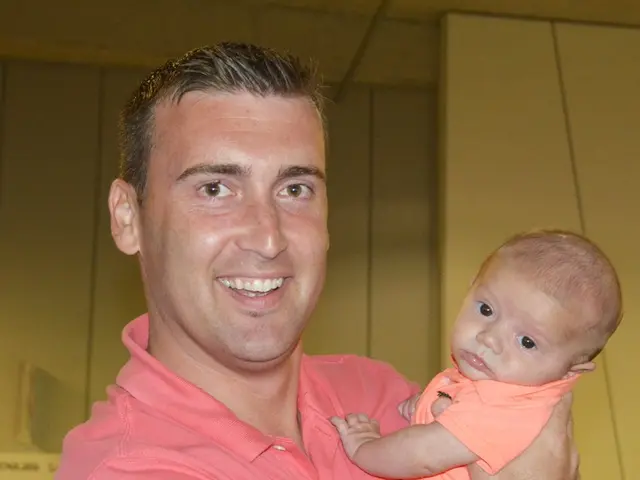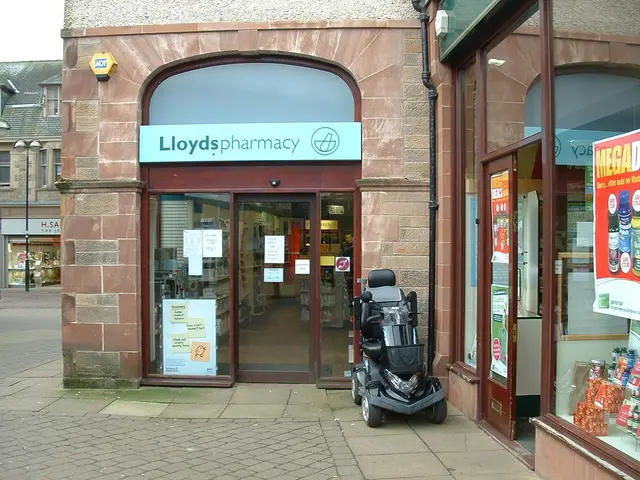Quebec Proposes School Surroundings and CPE Exclusions for Supervised Injection Centers
Government Moves to Shift Supervised Injection Sites Away from Educational Institutions
It appears that the Quebec government is set to put forth legislation (Bill 103) to relocate supervised injection facilities further away from schools and childcare centers. This comes in the aftermath of the controversy surrounding the Maison Benoit Labre in Montreal and several months of deliberation.
The proposed bill, if passed as is, would limit the issuance of a supervised consumption permit on the condition that the facility is not located within 150 meters of a school, daycare, or childcare center. Similarly, no educational institution would be built within this same distance from a supervised injection site.
Minister of Social Services, Lionel Carmant, stated during a press conference that the government is addressing concerns from citizens who don't want drug consumption or sales in their vicinity.
Possible Implications of the Bill
If enacted, Bill 103 could have far-reaching consequences. For instance, existing consumption sites, such as the Maison Benoit Labre, located less than 100 meters from a primary school, may be forced to relocate within four years. This extends to supervised consumption sites managed by the Bureau régional d'action sida (BRAS) Outaouais, located just a few steps away from two daycare services.
The bill automatically grants these establishments a four-year permit, after which they must comply with all legal regulations or risk losing their authorization. Additionally, Minister Carmant reserves the right to revoke a permit before its expiration if certain conditions are not met.
Wider Policy Context
The proposed legislation fits into a broader discussion about drug policy, harm reduction, and the balance between public health and community safety. While the bill's intention is to protect children, one must consider the potential impact on vulnerable populations that rely on these life-saving services.
Numerous experts question whether restricting access to supervised injection facilities could result in increased overdose deaths or unsafe drug use in inappropriate settings. Furthermore, establishing a buffer zone could make it challenging to find suitable locations for these sites, particularly in urban areas with limited real estate.
Critics also argue that strategies grounded in evidence-based harm reduction must prioritize providing crucial services to those who need them, even if it means addressing sensitive issues like proximity to schools. After all, public health experts cite concerns about the transmission of infectious diseases, referrals to addiction treatment, and addressing the ongoing overdose crisis.
As the discussion around the bill continues, it will be important to consider its implications for vulnerable populations and the potential impact on public health outcomes. Stay tuned for updates on this evolving story.
- The proposed legislation, Bill 103, is aimed at moving supervised injection sites away from schools and childcare centers, as seen in Quebec's government intention to relocate facilities like Maison Benoit Labre in Montreal.
- If enacted, Bill 103 may necessitate the relocation of existing sites within four years, such as the Maison Benoit Labre, which is less than 100 meters from a primary school.
- The bill also applies to supervised consumption sites managed by the Bureau régional d'action sida (BRAS) Outaouais, located close to daycare services, necessitating potential relocation.
- The bill allows establishments a four-year permit, after which they must comply with all legal regulations to maintain their authorization, or risk losing it.
- Critics of the bill argue that restricting access to supervised injection facilities could lead to increased overdose deaths or unsafe drug use, and may also make it difficult to find suitable locations, particularly in urban areas.
- The discussion around Bill 103 involves wider issues of drug policy, harm reduction, and the balance between public health and community safety, as well as concerns for vulnerable populations who rely on these life-saving services.







